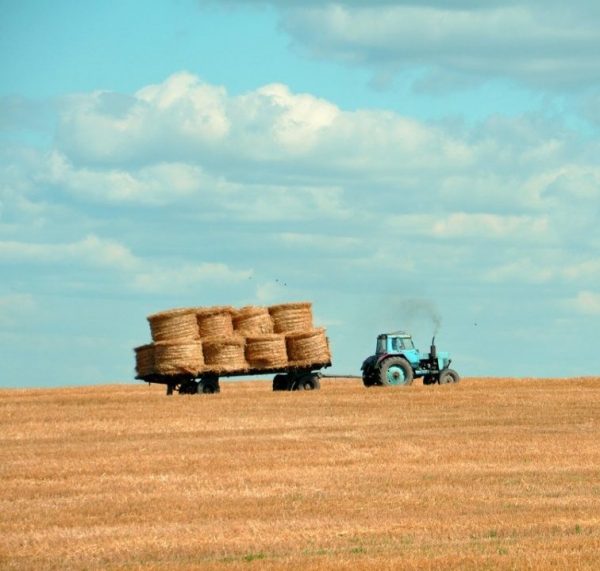When it comes to water stewardship, corporate supply chains are often a missing piece of the puzzle. I have found that businesses tend to focus water stewardship efforts within their owned-and-operated facilities, because this is where they have the most influence and ability to affect changes in practice. However, the greatest water risks – and the greatest opportunities for improved management – often lie in companies’ supply chains.
Supply chain activities can make up the biggest part of a company’s water footprint and often occur in the most water-stressed regions of the world. But, because of this, implementing water efficiency improvements and focusing water stewardship efforts in supplier facilities and the river basins in which they operate have potential to make great impact on mitigating a company’s water risk and contributing to water security. In short, supply chain water stewardship is often the most impactful avenue of intervention and also the most overlooked.
This is especially true for companies with agricultural suppliers, like those in the food, beverage, and apparel sectors. The cotton supply chain, for example, is critical to apparel companies. Cotton production accounts for 2.6 percent of global water use, and it tends to occur in regions facing water scarcity. One quarter of global cotton is grown India, one of the most water-challenged countries in the world. The food and beverage industries face similar issues. For example, agricultural production accounts for about 85 percent of General Mills’ water footprint.
CDP Supply Chain Report
The corporate sustainability disclosure organization CDP recently released their 2018 Global Supply Chain Report. The report analyzes data from over 4,800 companies on behalf of the 99 members of CDP’s supply chain group to provide insights into the private sector’s environmental impacts. Of those 99 members, 34 requested water-related information from their suppliers, resulting in just over 1,000 suppliers from eight countries reporting on water.
I was particularly interested in what the report revealed about water risk and management in corporate value chains. What I found is that while this group of suppliers is taking some laudable steps towards better water stewardship, they are still facing major water risks and there is more work to be done.
The insights below come from the 1,000+ supply chain companies that responded to the CDP survey.
Water risks
Exposed to water risks that may change business
Experienced detrimental impacts related to water
Actions taken
Integrating water risk management into their business strategies
Have established a water policy with clear goals and guidelines for action
Supply Chain Water “A” List
Companies that have taken an “active approach towards water stewardship”
Reporting companies who made the "A" list
"A" List companies who are Mandate endorsers
While a handful of leading companies are working to drive water stewardship throughout their value chains, water risk in supply chains remains a challenge. Agricultural supply chains in particular will face increased water risks as climate change escalates extreme water events and population growth drives greater food demand. Companies can increase resiliency by identifying water risk hot spots in their value chains and engaging with suppliers to improve water management and make plans for future conditions.
The CEO Water Mandate and over 20 endorsing companies work on this issue area through the Direct Operations & Supply Chain working group, now housed within the new Action Platform.
